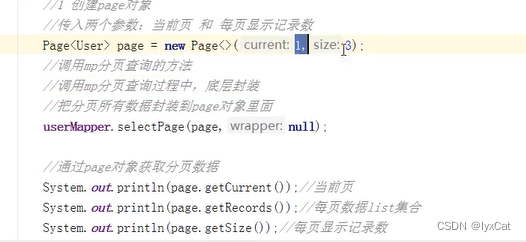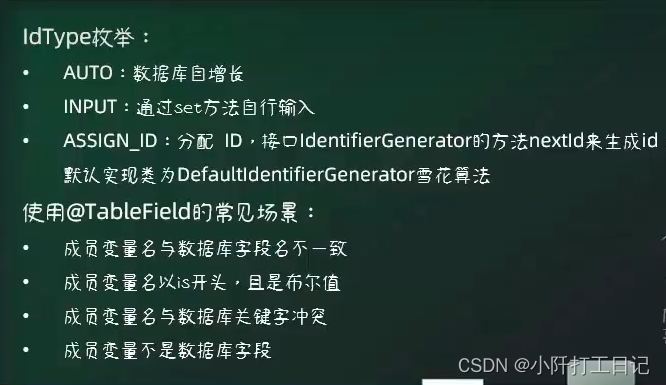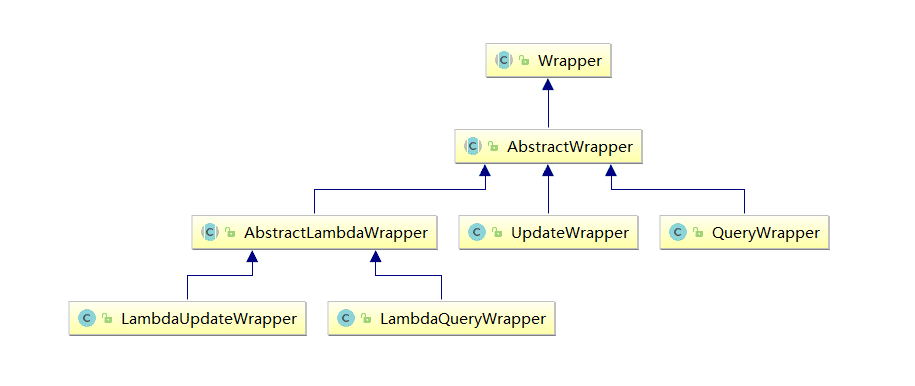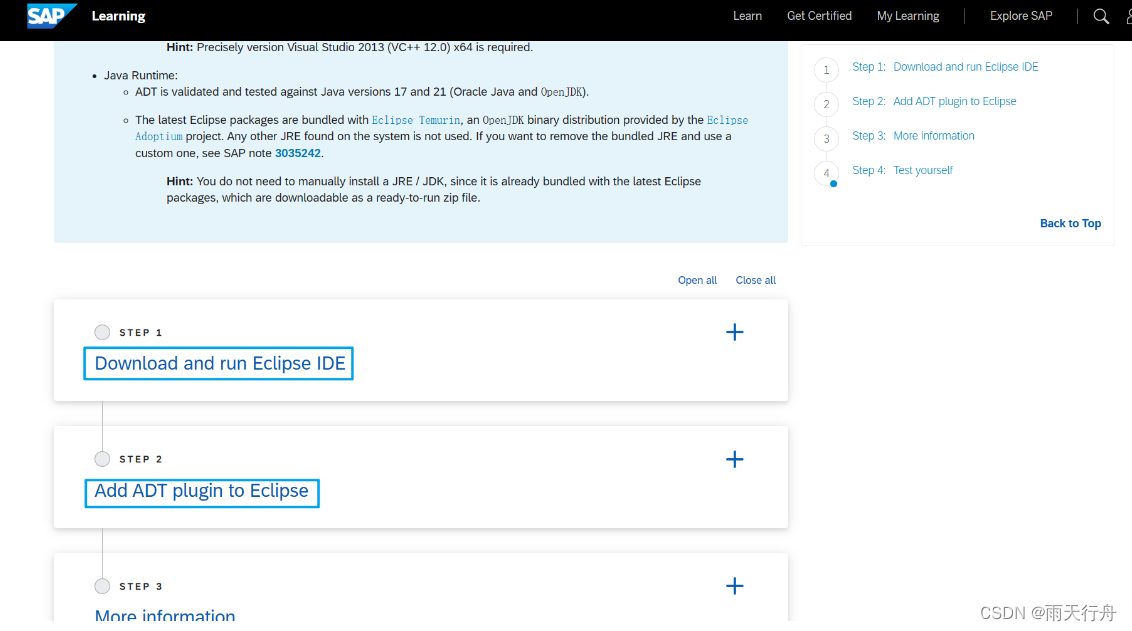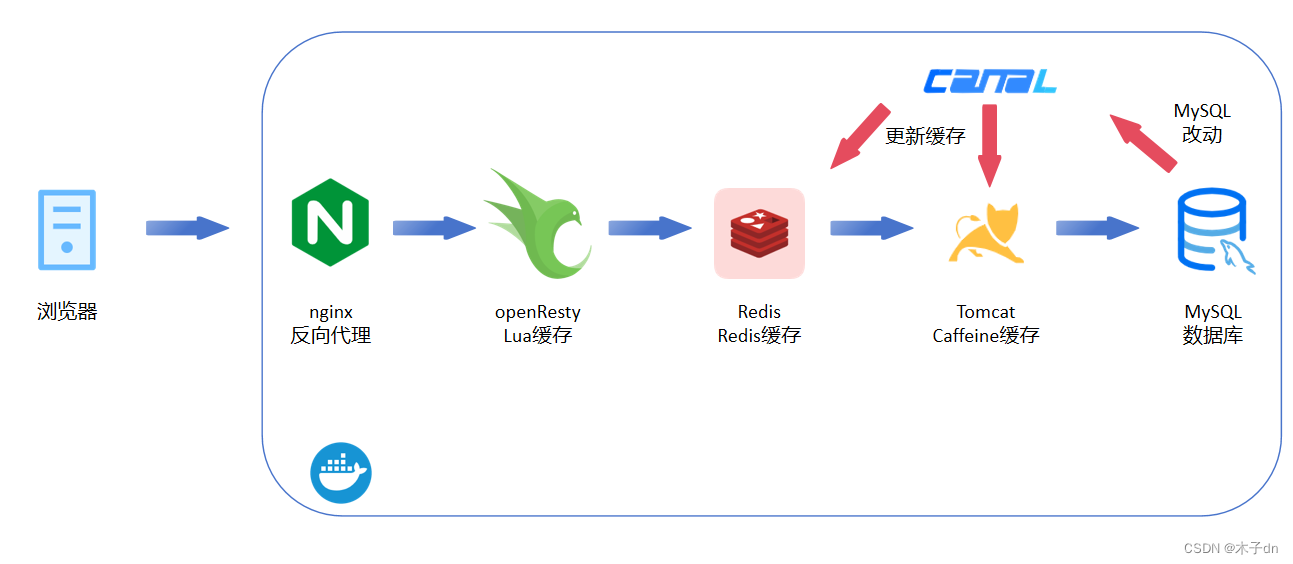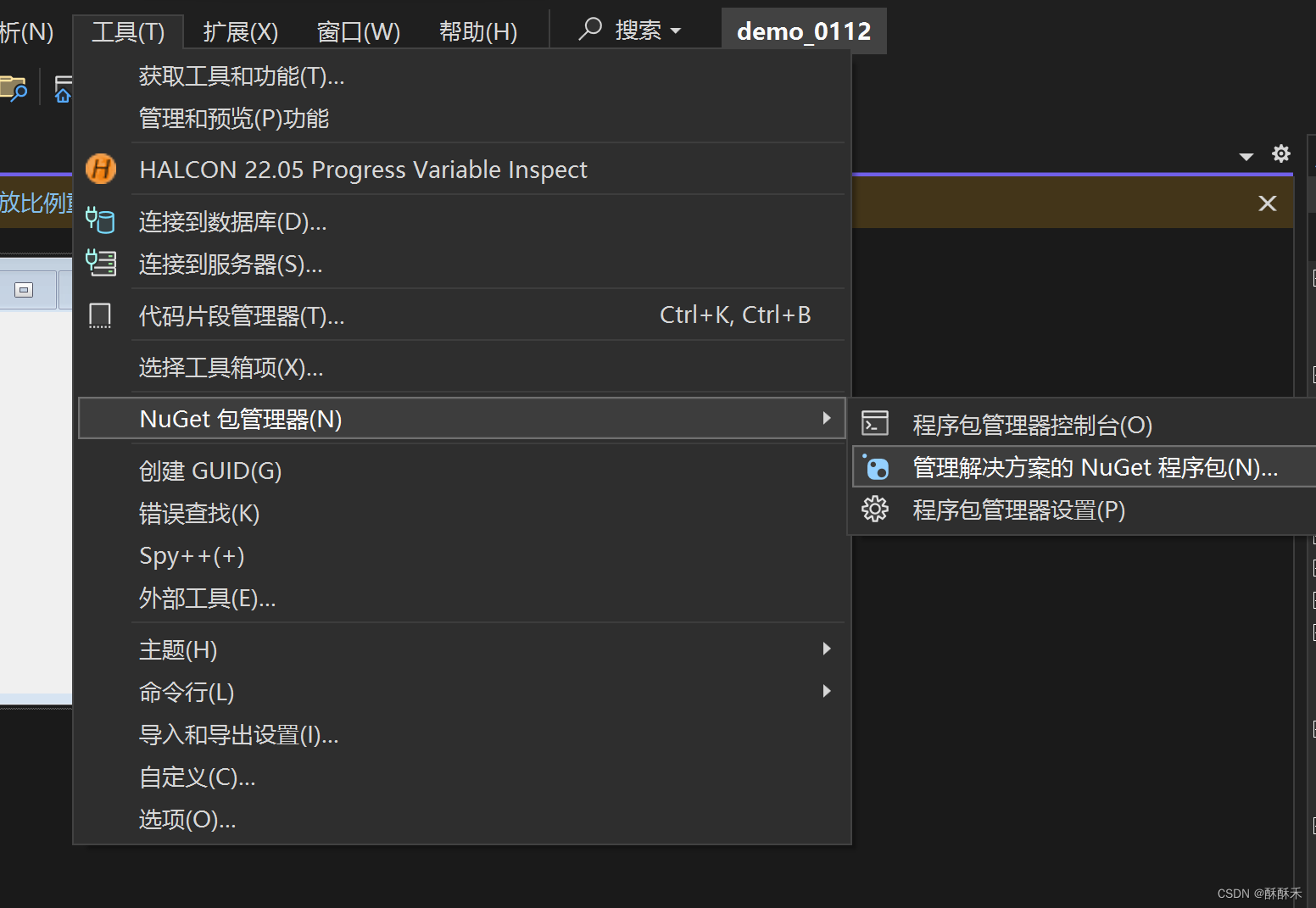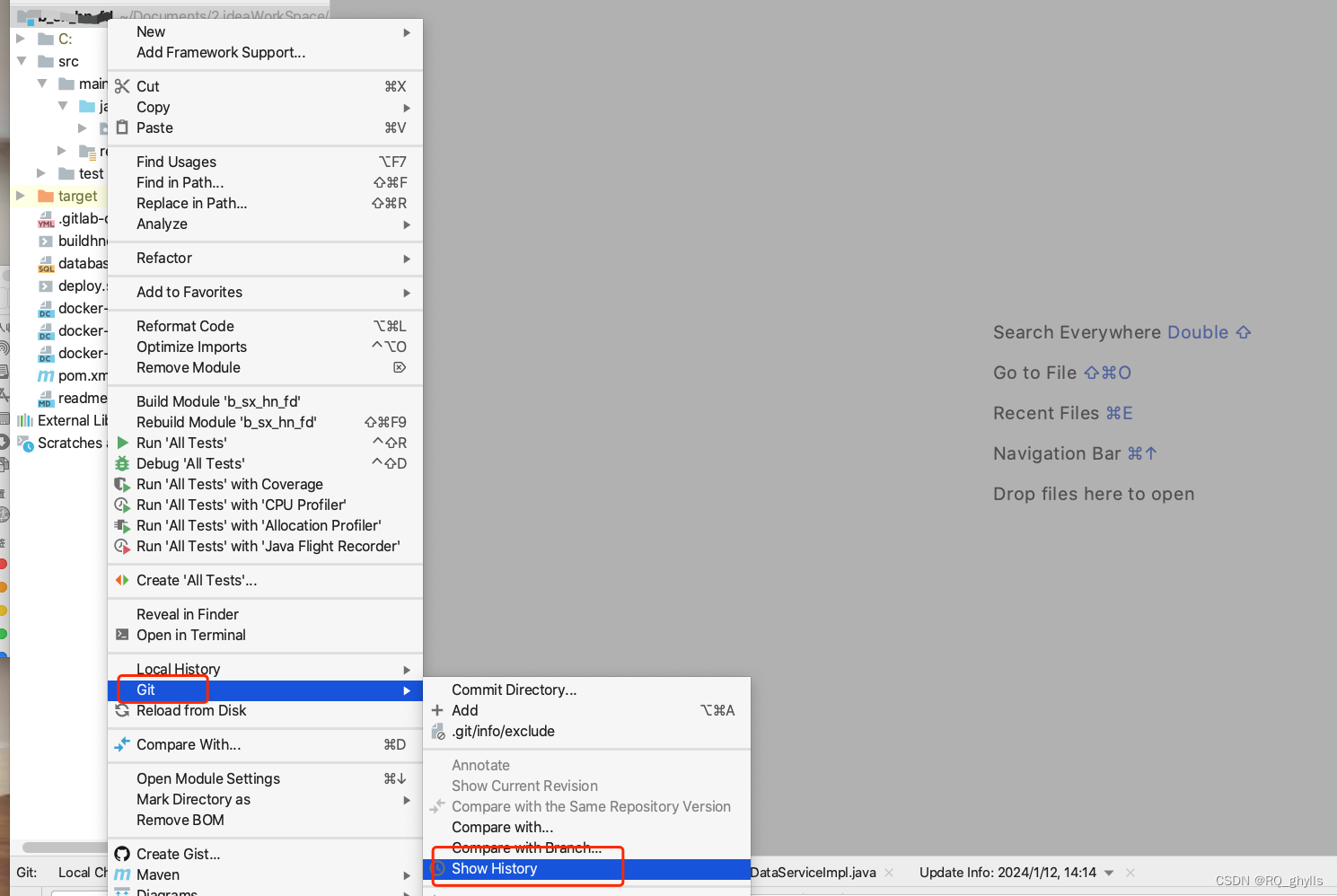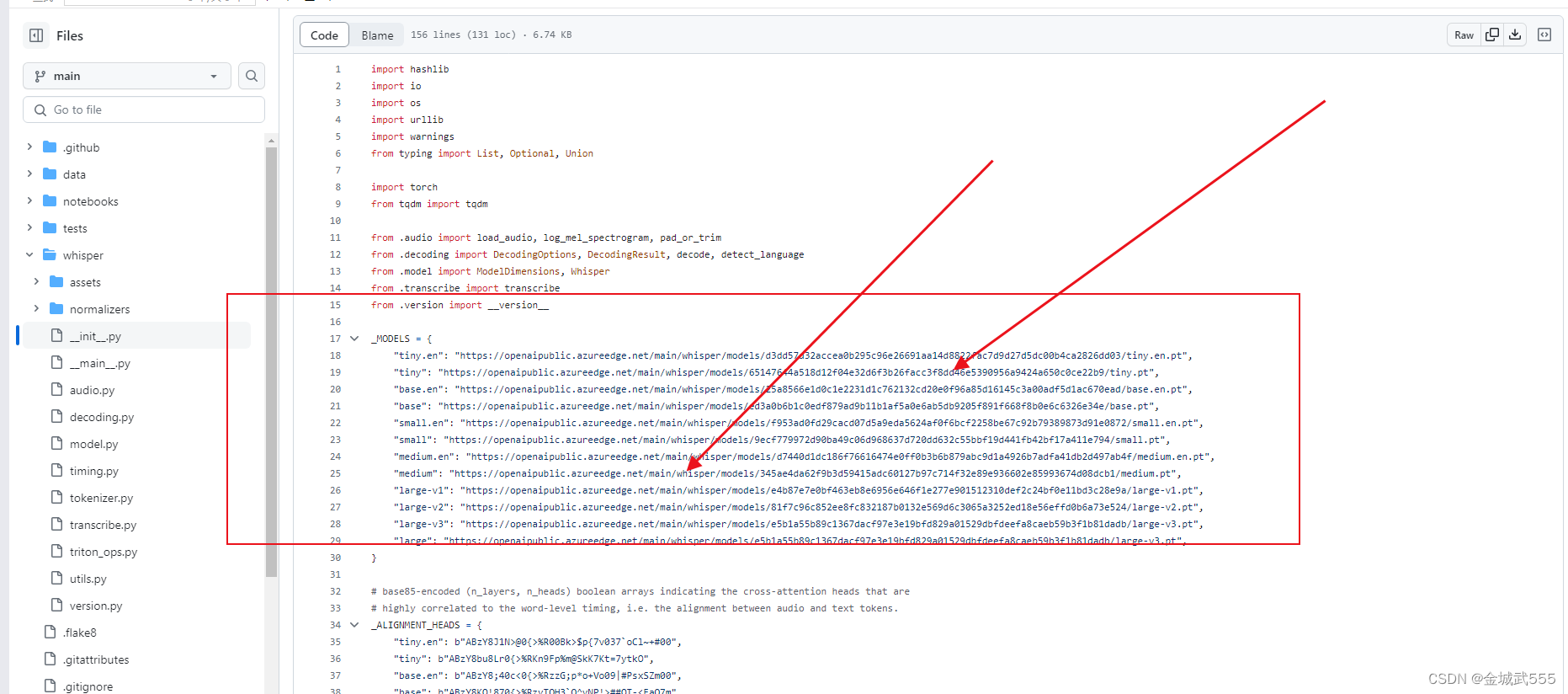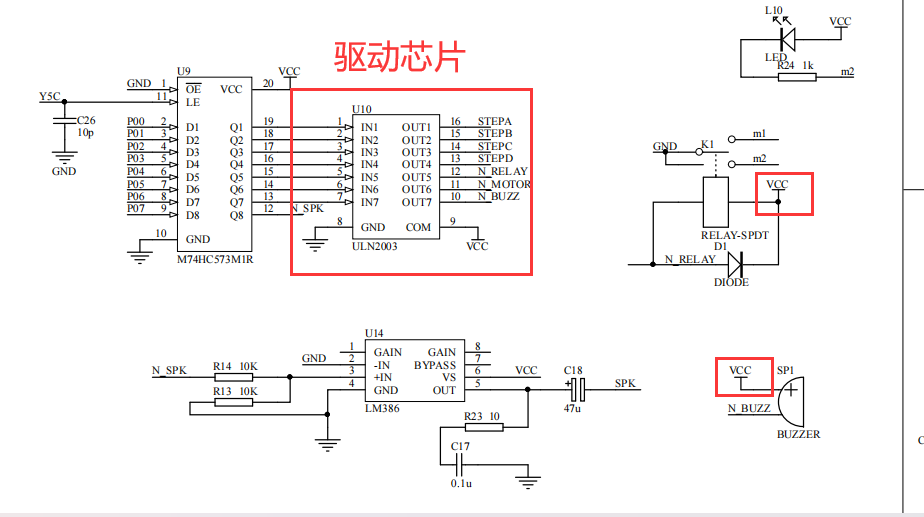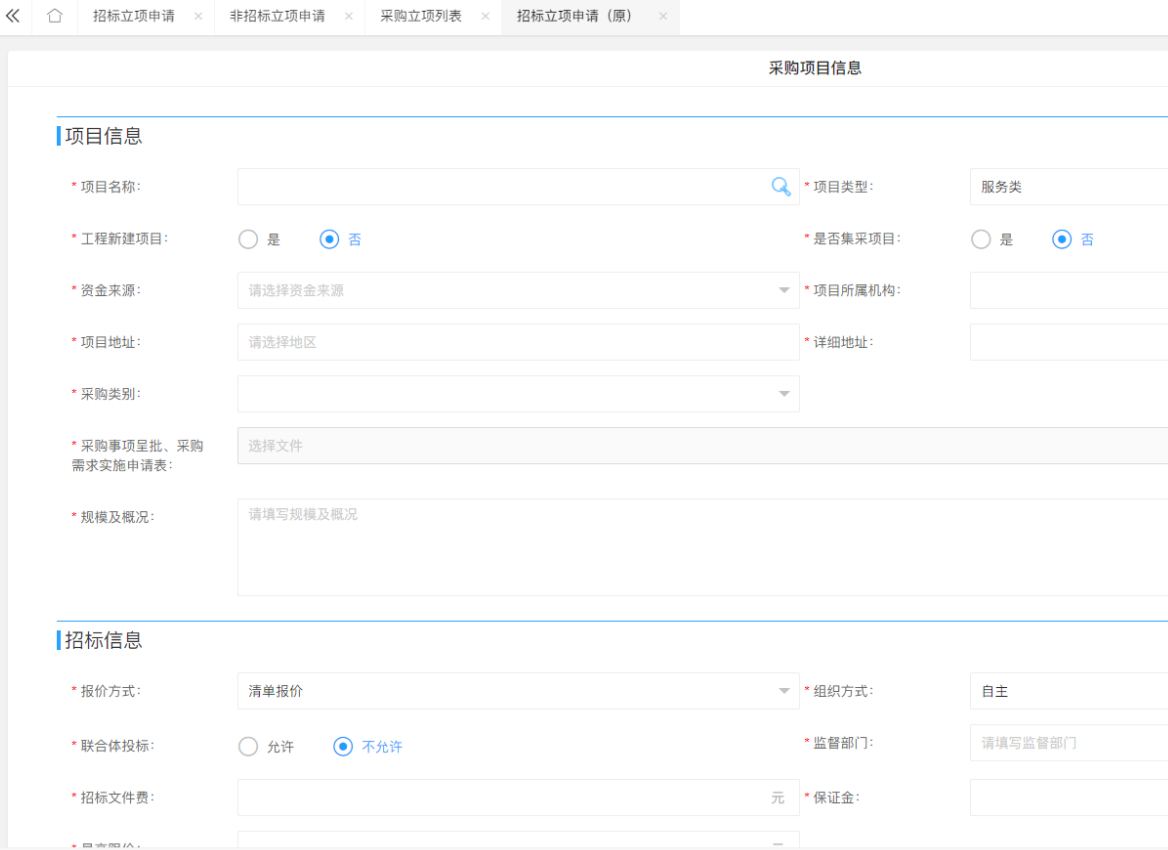适合阅读对象:没接触过mybatisplus 和 mplus 初学者
集成mybatisplus
1. 引入依赖
首先,我们需要在Maven或Gradle项目中引入MyBatis-Plus的依赖。可以在pom.xml(Maven)或build.gradle(Gradle)文件中添加如下依赖:
<!-- Maven -->
<dependency>
<groupId>com.baomidou</groupId>
<artifactId>mybatis-plus-boot-starter</artifactId>
<version>最新版本</version>
</dependency>
2. 配置数据源和MyBatis-Plus
在Spring Boot项目的配置文件(application.yml或application.properties)中配置数据源和MyBatis-Plus的相关配置:
spring:
datasource:
url: jdbc:mysql://localhost:3306/mydatabase
username: root
password: password
driver-class-name: com.mysql.jdbc.Driver
mybatis-plus:
mapper-locations: classpath:mapper/**/*.xml
type-aliases-package: com.example.model
在上述示例中,我们配置了MySQL数据库的连接信息,并指定了MyBatis-Plus的Mapper文件位置和实体类的包路径。
3. 创建实体类和Mapper接口
接下来,我们需要创建实体类和Mapper接口。实体类代表数据库表中的一条记录,而Mapper接口用于定义对数据库的操作。示例代码如下:
// 实体类
@Data
@TableName("user")
public class User {
@TableId
private Long id;
private String name;
private Integer age;
private String email;
}
// Mapper接口
public interface UserMapper extends BaseMapper<User> {
}
在上述示例中,我们使用了Lombok库的@Data注解简化了实体类的定义。使用@TableName注解指定了实体类对应的数据库表名。@TableId注解表示该字段为主键。
UserMapper接口继承了BaseMapper接口,这个接口提供了一组通用的CRUD操作方法,无需手动编写SQL语句。
基本功能
1. 使用通用CRUD操作
MyBatis-Plus提供了一组通用的CRUD操作方法,可以直接在Mapper接口中使用,无需手动编写SQL语句。示例代码如下:
@Autowired
private UserMapper userMapper;
// 添加用户
User user = new User();
user.setName("John");
user.setAge(25);
user.setEmail("john@example.com");
userMapper.insert(user);
// 根据ID查询用户
User queriedUser = userMapper.selectById(1L);
// 更新用户
queriedUser.setName("John Smith");
userMapper.updateById(queriedUser);
// 删除用户
userMapper.deleteById(1L);
在上述示例中,我们通过自动注入UserMapper对象来进行CRUD操作。可以使用insert方法插入新的用户记录,selectById方法根据ID查询用户,updateById方法更新用户信息,deleteById方法根据ID删除用户记录。
2. QueryWrapper的简单使用
QueryWrapper是用于构建查询条件的Wrapper类。它提供了一系列方法来设置查询条件,例如eq、ne、like、in等。以下是常用的QueryWrapper方法:
eq:等于某个字段值ne:不等于某个字段值like:模糊查询,包含某个字段值notLike:模糊查询,不包含某个字段值in:某个字段值在给定的集合中notIn:某个字段值不在给定的集合中isNull:某个字段为空isNotNull:某个字段不为空orderBy:设置排序规则
下面是一个使用QueryWrapper进行条件查询的示例:
QueryWrapper<User> queryWrapper = new QueryWrapper<>();
queryWrapper.eq("age", 25)
.like("name", "John")
.in("status", Arrays.asList("ACTIVE", "INACTIVE"))
.orderByAsc("create_time");
List<User> userList = userMapper.selectList(queryWrapper);
基本的条件查询和分页查询功能。示例代码如下:
// 条件查询
QueryWrapper<User> queryWrapper = new QueryWrapper<>();
queryWrapper.eq("age", 25)
.like("name", "John");
List<User> userList = userMapper.selectList(queryWrapper);
// 分页查询
Page<User> page = new Page<>(1, 10); // 第1页,每页10条记录
IPage<User> userPage = userMapper.selectPage(page, null);
List<User> records = userPage.getRecords();
and链接子条件
QueryWrapper<User> queryWrapper = new QueryWrapper<>();
queryWrapper.eq("age", 25)
.and(wrapper -> wrapper.like("name", "John").or().like("name", "Doe"))
.in("status", Arrays.asList("ACTIVE", "INACTIVE"))
.orderByAsc("create_time");
List<User> userList = userMapper.selectList(queryWrapper);
分组查询
QueryWrapper<User> queryWrapper = new QueryWrapper<>();
queryWrapper.between("age", 18, 30)
.in("status", Arrays.asList("ACTIVE", "INACTIVE"))
.nested(i -> i.like("name", "John").or().like("name", "Doe"))
.groupBy("gender")
.having("count(*) > 2");
List<User> userList = userMapper.selectList(queryWrapper);
3.UpdateWrapper进行条件更新的示例:
UpdateWrapper<User> updateWrapper = new UpdateWrapper<>();
updateWrapper.eq("age", 25)
.like("name", "John")
.set("status", "ACTIVE");
userMapper.update(null, updateWrapper);
4 LambdaQueryWrapper(常用)
LambdaQueryWrapper 写法和QueryWrapper的区别就是,字段用lambda的写法,不用自己写字符串,实际开发中基本也用这种
简单查询
LambdaQueryWrapper<User> lambdaQueryWrapper = Wrappers.lambdaQueryWrapper(User.class);
lambdaQueryWrapper.eq(User::getAge, 25)
.like(User::getName, "John")
.orderByAsc(User::getCreateTime);
List<User> userList = userMapper.selectList(lambdaQueryWrapper);
复杂查询
LambdaQueryWrapper<User> lambdaQueryWrapper = Wrappers.lambdaQueryWrapper(User.class);
lambdaQueryWrapper.between(User::getAge, 18, 30)
.in(User::getStatus, Arrays.asList("ACTIVE", "INACTIVE"))
.nested(i -> i.like(User::getName, "John").or().like(User::getName, "Doe"))
.groupBy(User::getGender)
.having("count(*) > 2");
List<User> userList = userMapper.selectList(lambdaQueryWrapper);
本篇文章就简单介绍一下,望各位大佬点个赞吧!

